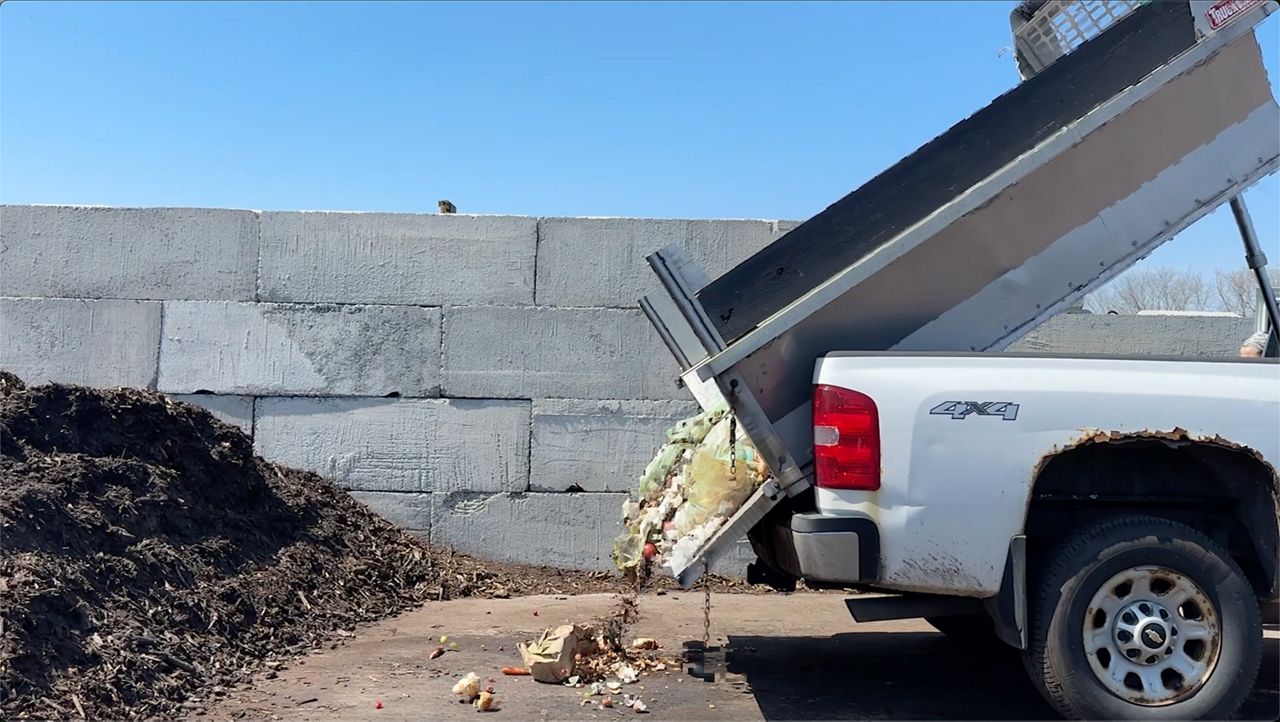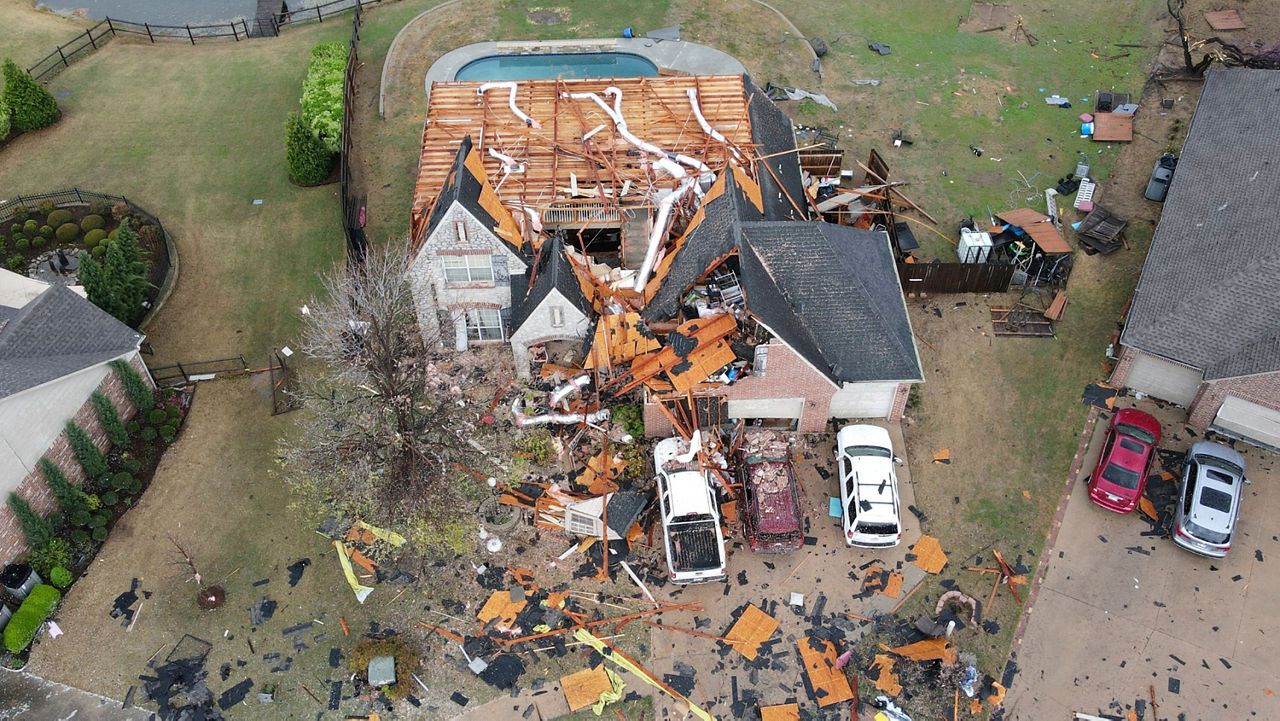We’ve all seen the trail of wispy puffs that’s lingers behind after a plane flies by, but you may have never given it much thought. The thin white lines are called contrails, short for condensation trails, which leave a lasting imprint on the environment, according to studies like this one examining their effects from 2000-18.
“They act as kind of like blankets to the earth, it basically traps radiation and can cause heating,” said George Dalakos, researcher at General Electric Global Research.
General Electric Research is partnering with the University at Albany to make advancements in sustainable aviation. GE is developing engines fueled by hydrogen to reduce CO2 emissions.
What You Need To Know
- Contrails are the clouds of condensation that trail behind aircrafts
- Contrails form as water vapor condenses into ice crystals around the small particles left behind by jet engines, trapping solar radiation which acts as a blanket around the Earth, contributing towards global heating
- According to Our World in Data, contrails are responsible for the largest share of non-carbon warming from planes
“In order to get to net zero, we need to change the fuels we use and we need to change the engines itself,” said Dalakos.
A 2021 study funded by, among others, the National Environment Research Council and the United Kingdom’s department of transportation, found that contrails create 57% of the sector’s warming impact, significantly more than the CO2 emissions from burning fuel.
“[It’s] using hydrogen gas as a fuel to power jet engines, so there's no carbon. But when you do use hydrogen, there could be other aspects of that combustion process that affects climate. So one are these things called contrails,” said Dalakos.
That’s where UAlbany steps in. By running contrail formation models, researchers will help the GE team understand how hydrogen engines impact contrails.
“So we try to use the physical and chemical point of view to try to understand what's the fundamental behind these contrail formations. After we understand … we try to see if we can mitigate contrail formation,” said Fangqun Yu, a senior researcher at Ualbany Atmospheric Sciences Research Center.
Yu will also design experiments that will be carried out at a NASA research center.
“Doing experiments first is so much more cost effective than making a change in an engine and then flying it in the sky and then seeing what happens,” said Dalakos.









